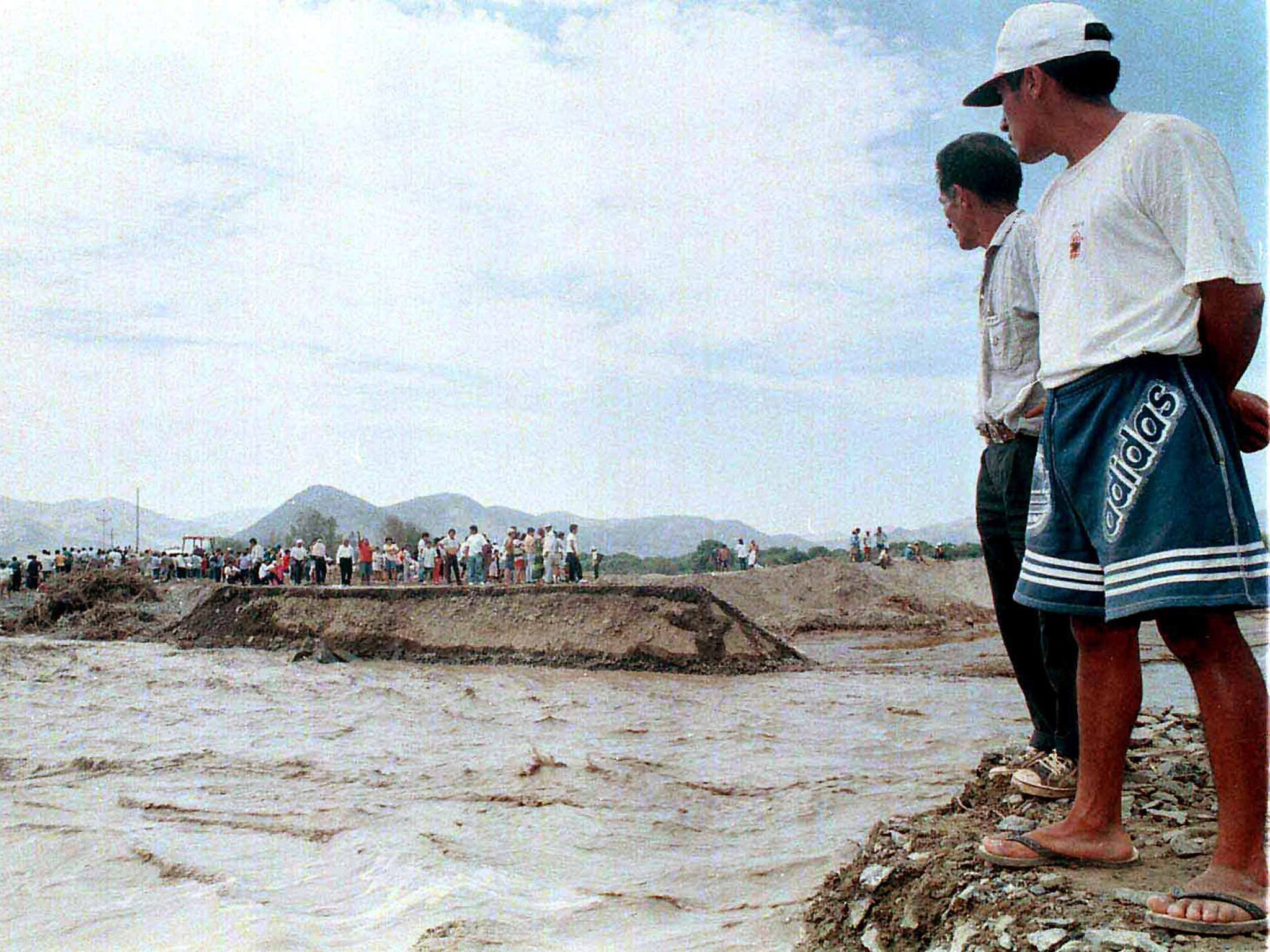Pacific braces itself for devastating El Niño as early as July

Your support helps us to tell the story
From reproductive rights to climate change to Big Tech, The Independent is on the ground when the story is developing. Whether it's investigating the financials of Elon Musk's pro-Trump PAC or producing our latest documentary, 'The A Word', which shines a light on the American women fighting for reproductive rights, we know how important it is to parse out the facts from the messaging.
At such a critical moment in US history, we need reporters on the ground. Your donation allows us to keep sending journalists to speak to both sides of the story.
The Independent is trusted by Americans across the entire political spectrum. And unlike many other quality news outlets, we choose not to lock Americans out of our reporting and analysis with paywalls. We believe quality journalism should be available to everyone, paid for by those who can afford it.
Your support makes all the difference.El Niño, a weather pattern which can trigger floods and drought in different parts of the world, is likely to occur as early as this July, the Australian Bureau of Meteorology (BOM) has warned.
The latest organisation to predict El Niño, BOM said there was a 70 per cent chance of the weather pattern emerging after analysing data from the US National Oceanic and Atmospheric Administration.
El Niño is a warming of sub-surface sea temperatures along the equator in the central and eastern regions of the Pacific Ocean, which alters wind patterns and can lead to both floods and drought in a number of areas, including Australia, Indonesia and South America.
Dr Wenju Cai, a climate expert at Australia’s Commonwealth Scientific and Industrial Research Organisation, said: “A strong El Niño appears early and we have seen this event over the last couple of months, which is unusual; the wind that has caused the warming is quite large and there is what we call the preconditioned effects, where you must have a lot of heat already in the system to have a big El Niño event.”
Strong El Niño events have historically occurred around every 20 years, although some experts believe this could be cut to just 10 years due to global warming.
The effects of El Niño can negatively impact the environment, significantly reducing crop yields, as well as the human population.
In 1997 and 1998, the worst El Niño on record caused huge flooding along the Yangtze River in China, killing over 1,500 people.
Join our commenting forum
Join thought-provoking conversations, follow other Independent readers and see their replies
Comments